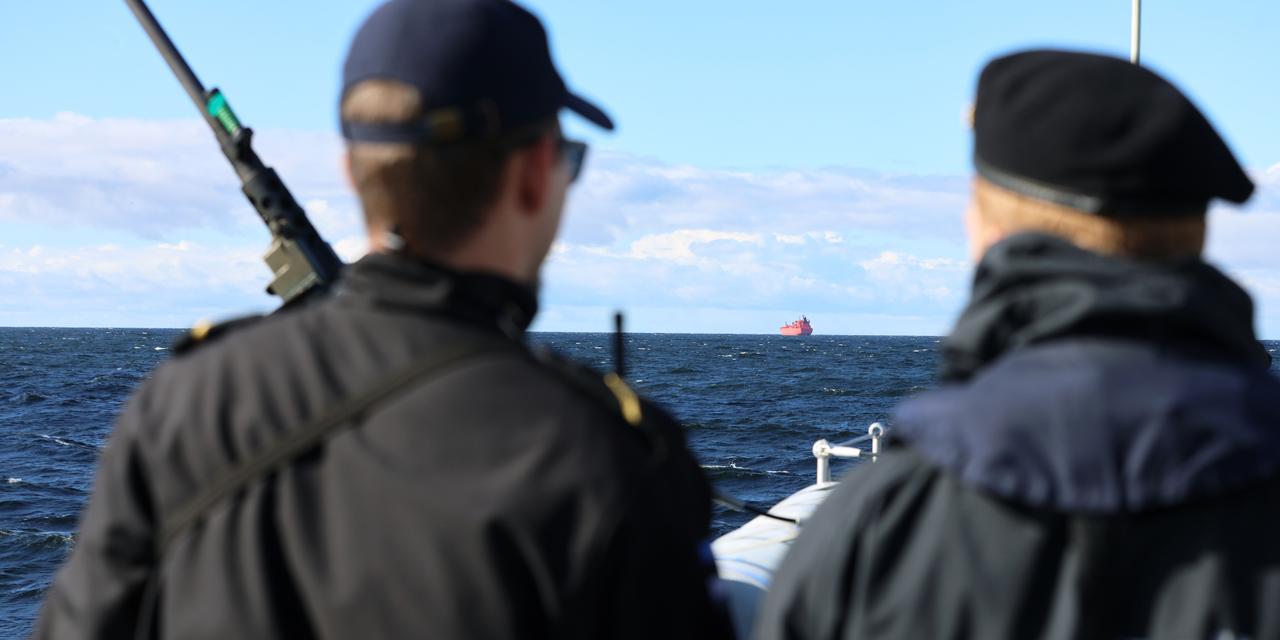


Espionage, sabotage and ghost tanks in the Baltic Sea
FeatureHundreds of tankers, whose owners are hidden behind shell companies, have enabled Russia to sell 60% of its oil. Moscow has been accused of using these ships to damage undersea cables and launch drones.
Estonian Navy Commander Ivo Värk is waging an unusual war, one with no battles and no visible enemy. On this gray morning of September 19, his tall figure walked along an old red-brick warehouse – a relic of Hanseatic trade – on the quays of the naval base in Tallinn. His face looked pale and drawn.
The dozens of oil tankers anchored off the coast of the Baltic Sea worried him. These were nothing but old rusting hulks, often loaded with natural gas or oil, departing from or returning to neighboring Russia, just 200 kilometers away.
At first glance, there was nothing particularly threatening about them. "But we don't know everything about them," warned Värk. The reason these ships worried him so much was that they do much more than just transport Russian oil, circumventing Western sanctions. Moscow is suspected of using them to damage undersea cables and launch drones. These so-called ghost ships conceal the identity of their owners behind shell companies and flags of convenience, and can vanish from radar screens by switching off their automatic identification systems (AIS). Contacted by Le Monde, the Estonian navy agreed to allow one of its surveillance exercises to be observed from the inside. Not everything went according to plan.
It was a routine mission that morning for the Ugandi, a gray minehunter bristling with antennas and radars, ringed by machine guns. Some sailors wore Ukrainian and Estonian patches sewn side by side onto their uniforms. Everyone was busy on deck, removing the cover that protected the forward gun. The engine made the ship's steel hull vibrate as the mooring lines were cast off. The Ugandi surged toward international waters. Accustomed to scanning the bottom of the Baltic Sea for mines left over from World War II, the Ugandi now kept a close watch on those tankers locked in the rolling swell, looming on the horizon. "We are the eyes of the navy," announced the ship's commanding officer, Greete Mänd, with pride. That morning, her mission was to verify the identity of a liquefied natural gas tanker based on its AIS, which provides its name, position and cargo. Quite often, ghost ships would switch off or hack this system to conceal their identity or destination.
You have 84.25% of this article left to read. The rest is for subscribers only.
